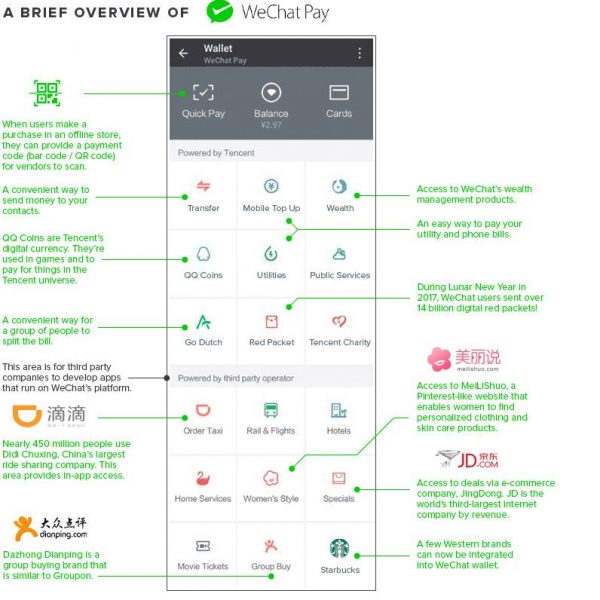2018 might be another good year for WeChat. The company has been quietly working towards the development of their very own framework for Augmented Reality (AR). The app has been at the forefront of many innovations and is viewed as a household app in China.
The goal behind this AR platform is to make it smartphone friendly and not incorporate it into HoloLens-esque headsets. If WeChat is able to achieve this, it will clearly outrun its competitors by a mile!
The WeChat AI Team also revealed some demos that were created with its 3D rendering engine that can create warriors and characters popping out of objects. Fascinating, isn’t it?
Simultaneously, the release of Apple’s AR tool kit ARKit seems to provide a promising future for interactive AR experiences from a smartphone.
Introducing AI Push
WeChat’s new framework, QAR, will be an open platform for third-party developers. This is where the developers can put their skills to test and create state-of-the-art AR experiences for the user. However, Tencent has not released further information regarding the release date and features. So, we might have to wait to know more about this exciting platform.
But what we do know is that WeChat’s AI team is vigorously working on their 3D rendering engine to make objects like boots or armour look more realistic in smartphone based AR apps. They’re also developing their own simultaneous localization and mapping (SLAM) technology, which helps calculate the position of virtual objects in connection to their environment. This would completely change the AR game as it eliminates the need for markers like QR Code or special image.
Reports of WeChat’s interest in AR made headline in April when the company uploaded a video about mini programs – an app that is embedded on WeChat. Needless to say, we’re excited to see the further development of AR program in WeChat.




